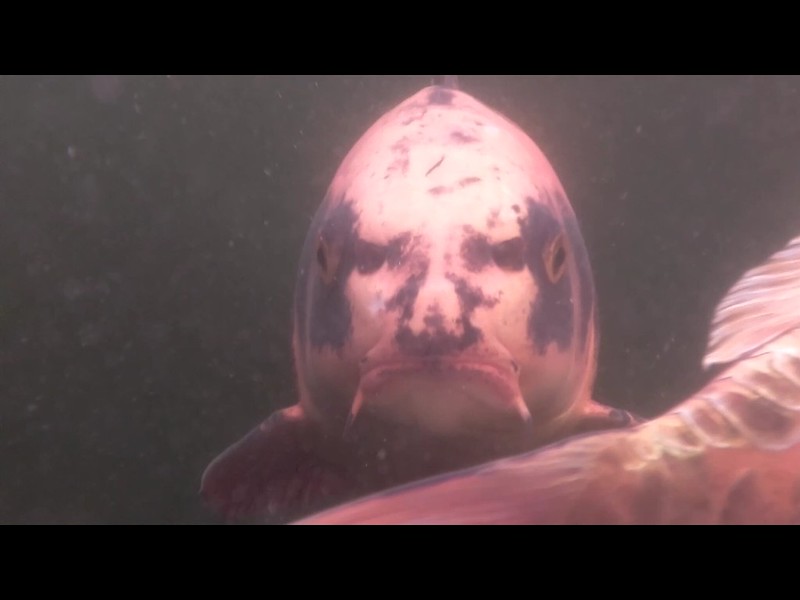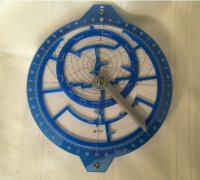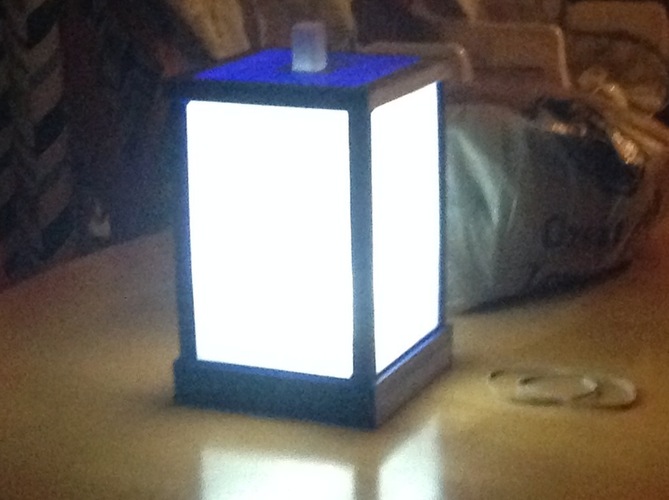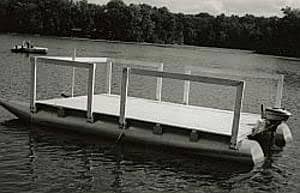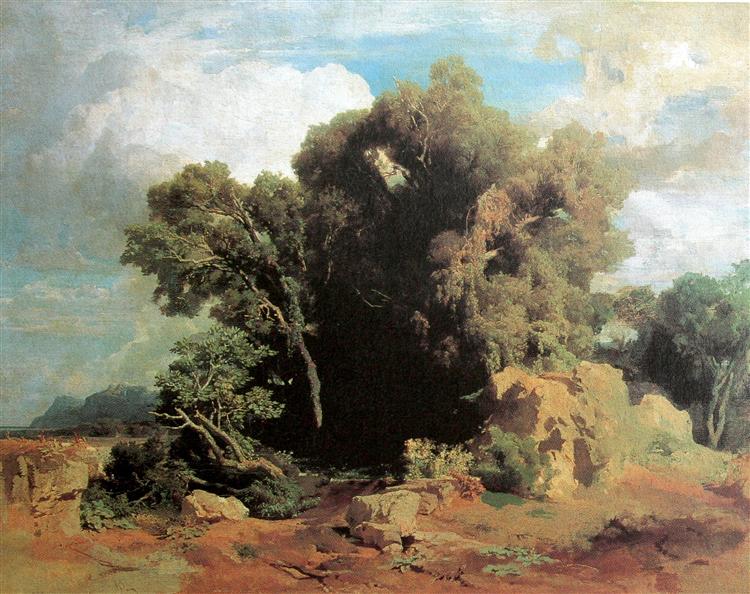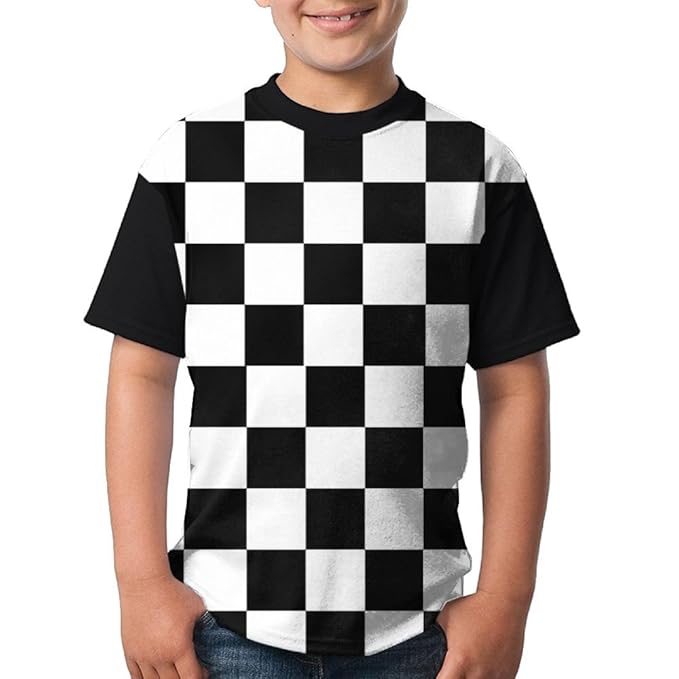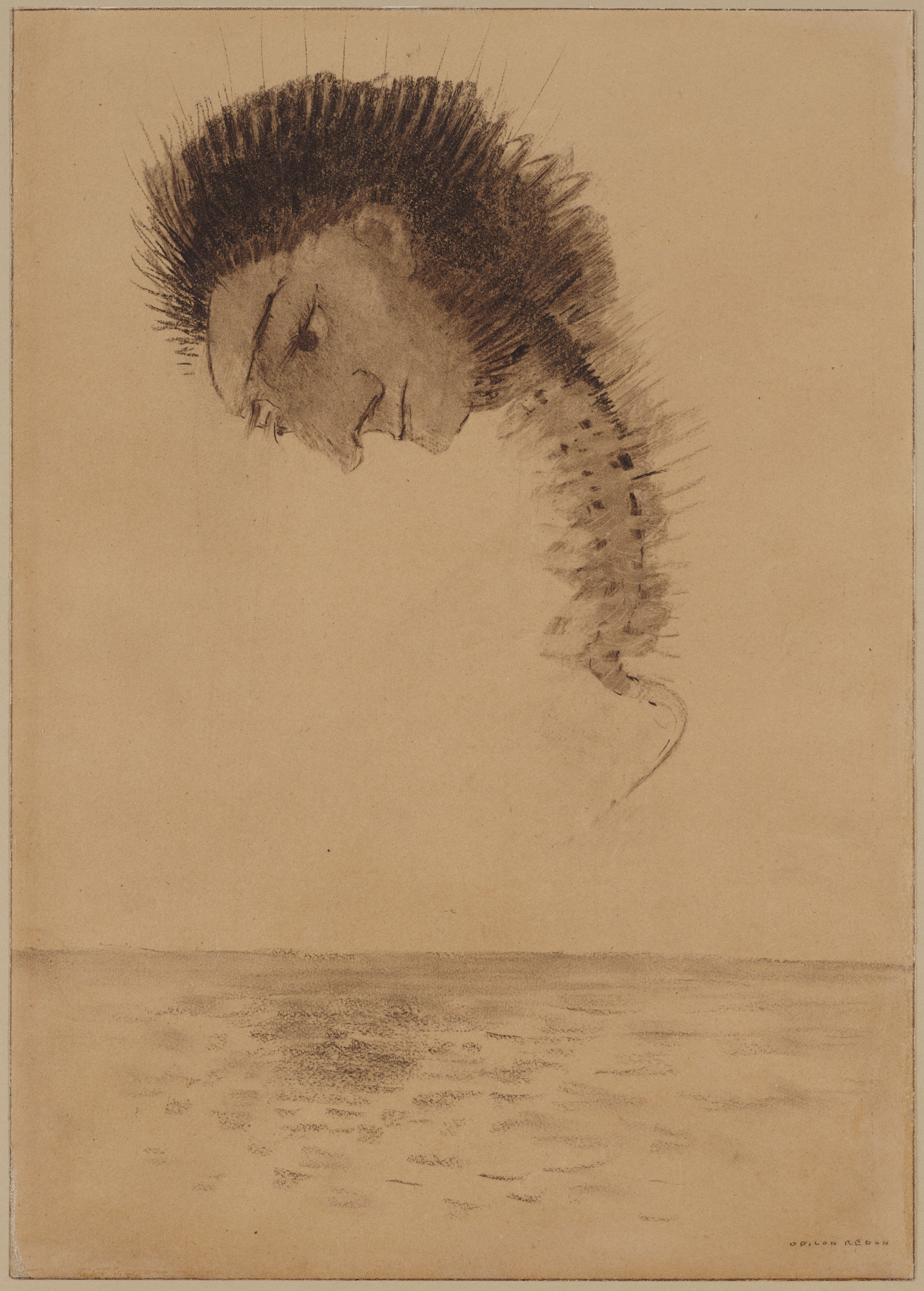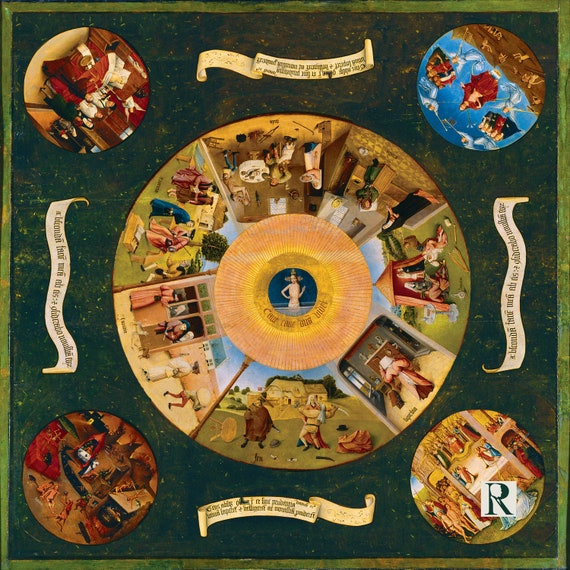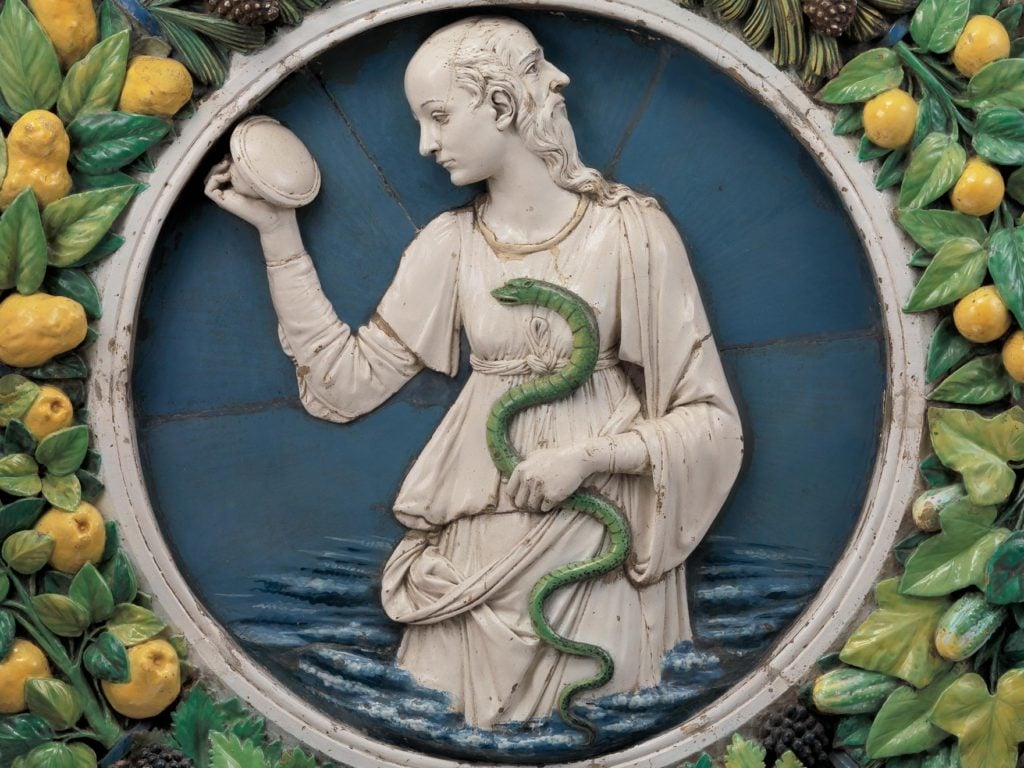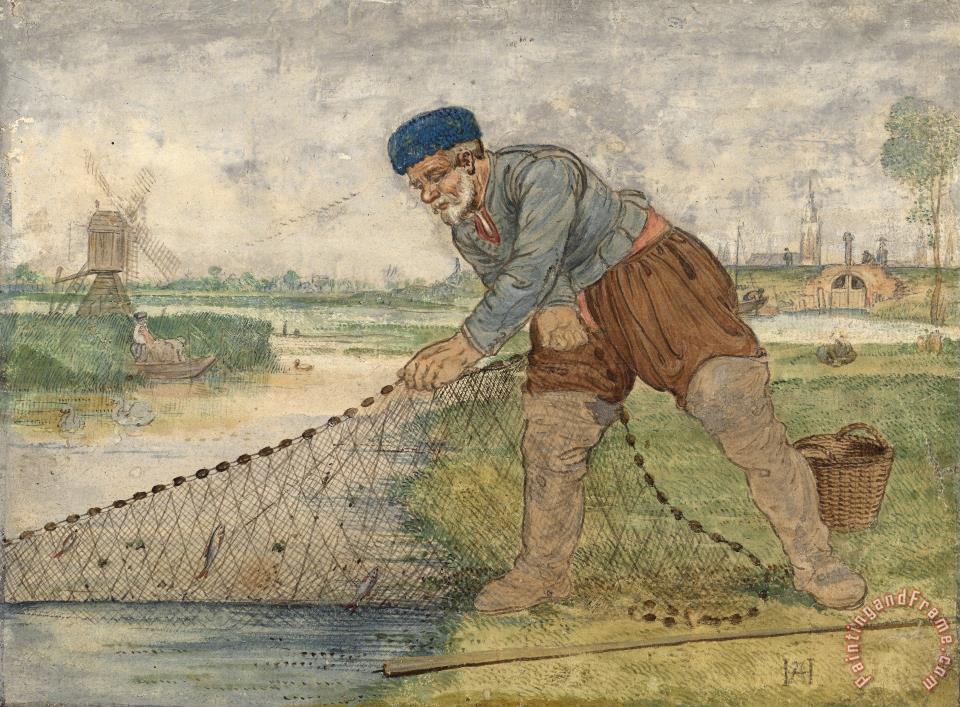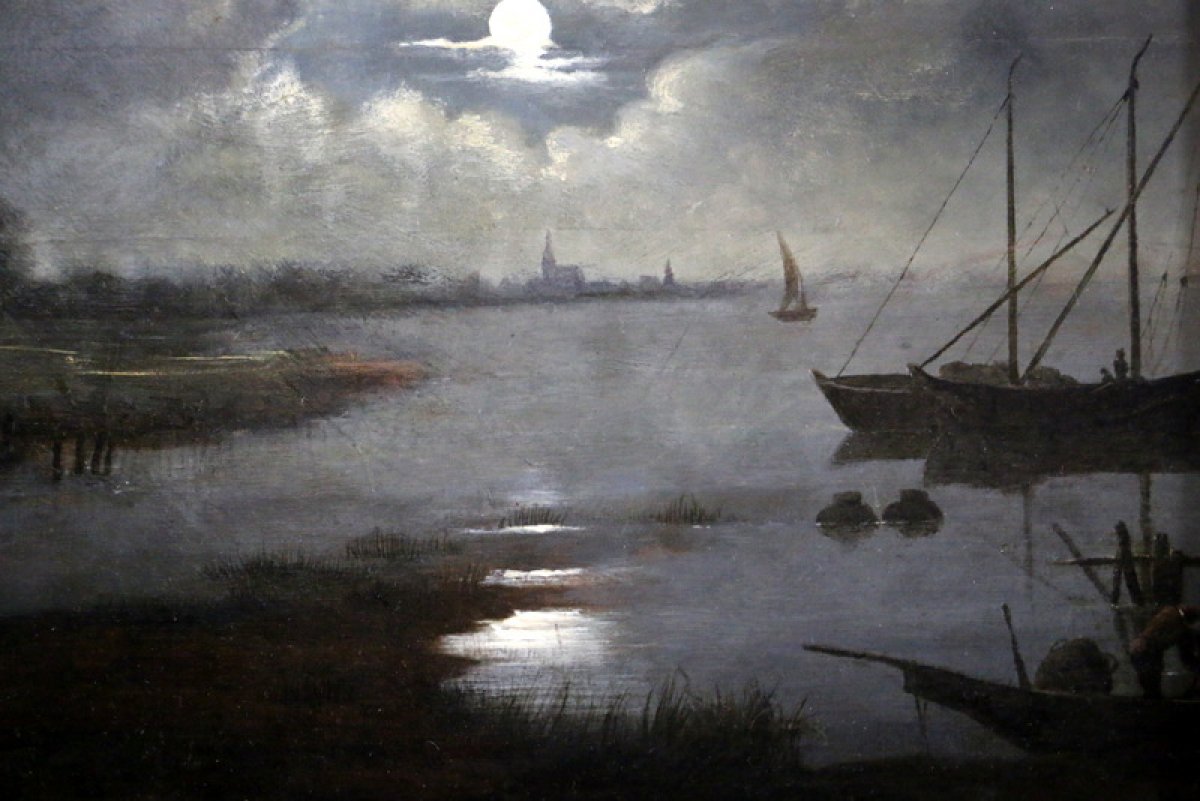Tuesday, November 26, 2019
Saturday, November 16, 2019
the green snake and the beautiful lily
The Green Snake and the Beautiful Lily (German title: Märchen or Das Märchen) is a fairy tale by Johann Wolfgang von Goethe published in 1795 in Friedrich Schiller's German magazine Die Horen (The Horae). It concludes Goethe's novella rondo Conversations of German Emigrants (1795). Das Märchen is regarded as the founding example of the genre of Kunstmärchen, or artistic fairy tale.[1] The story revolves around the crossing and bridging of a river, which represents the divide between the outer life of the senses and the ideal aspirations of the human being.
The tale begins with two will-o'-the-wisps who wake a ferryman and ask to be taken across a river. The ferryman does so, and for payment, they shake gold from themselves into the boat. This alarms the ferryman, for if the gold had gone into the river, it would overflow. He demands as payment: three artichokes, three cabbages, and three onions, and the will-o'-the-wisps may depart only after promising to bring him such. The ferryman takes the gold up to a high place, and deposits it into a rocky cleft, where it is discovered by a green snake who eats the gold, and finds itself luminous. This gives the snake opportunity to study an underground temple where we meet an old man with a lamp which can only give light when another light is present. The snake now investigates the temple, and finds four kings: one gold, one silver, one bronze, and one a mixture of all three.
The story then switches over to the wife of the old man, who meets a melancholy prince. He has met a beautiful Lily, but is distressed by the fact that anyone who touches her will die. The snake is able to form a temporary bridge across the river at midday, and in this way, the wife and prince come to the beautiful Lily's garden, where she is mourning her fate. As twilight falls, the prince succumbs to his desire for the Beautiful Lily, rushes towards her, and dies. The green snake encircles the prince, and the old man, his wife, and the will-o'-the-wisps form a procession and cross the river on the back of the snake.
Back in the land of the senses, and guided by the old man, the Lily is able to bring the prince back to life — albeit in a dream state — by touching both the snake and the prince. The snake then sacrifices itself, and changes into a pile of precious stones which are thrown into the river. The old man then directs them towards the doors of the temple which are locked. The will-o'-the-wisps help them enter by eating the gold out of the doors. At this point, the temple is magically transported beneath the river, surfacing beneath the ferryman's hut — which turns into a silver altar. The three kings bestow gifts upon the sleeping prince and restore him. The fourth, mixed king collapses as the will-o'-the-wisps lick the veins of gold out of him. We also find that Lily's touch no longer brings death. Thus, the prince is united with the beautiful Lily, and they are married. When they look out from the temple, they see a permanent bridge which spans the river — the result of the snake's sacrifice — "and to the present hour the Bridge is swarming with travellers, and the Temple is the most frequented on the whole Earth".
Aesops Fables : the Oak and the Reed --- an ecological allegory
Act 3, part 1: XII libri de rei metallica
.
.
Thus, our small climatic history shows the people and its ever-increasing interventions and demands in / to nature. We are now nearing the pinnacle of this drama and will inevitably be rushing past aspects in the passage of time. We are entering the era of the Great Land Development in the second half of the 12th century. So far, Saxony is in a broad strip of the Ore Mountains, Erzgebirge foreland, Vogtland and Lusatian highlands almost unpopulated. No traces of human settlement from the Stone Age to the High Middle Ages in an area that will significantly shape the history of present-day Saxony in the following period. But in the 13th century, the country is settled up in the comb layers. The basis for this is probably also the high-medieval climatic optimum, which allows the population to grow and enable agriculture in the rather inhospitable Ore Mountains.
.
Another man. In 1556, the book XII libri de rei metallica by Georgius Agricola (in later German translation: Twelve books on mining and metallurgy) is published. The work with its 292 detailed woodcuts will be the bible of mining science for two centuries. Saxony had become the most important mining territory in German lands since the discovery of rich silver ore in 1470 in Schneeberg. The "second Berggeschrey" brings wealth on the one hand (but not everybody benefits) and a profound change in the environment on the other hand. Agricola himself goes into detail. The critics of mining make serious allegations: blasted fields, extinct animal species, poisoned waters. (Picture: Woodcut from the 3rd book: the massive deforestation is shown)"There is more harm than good". He does not have a solution.
Medieval mine on the Bockswieser Gangzug [1] north of Oberschulenberg in Germany.
Wednesday, November 13, 2019
3D printed
astrolabe
bedspread
nightlight
LED mason jar lid for lantern : https://all3dp.com/weekend-project-create-your-own-3d-printed-led-mason-jar-lanterns/
Lithophane lantern: https://pinshape.com/items/30543-3d-printed-lithophane-lamp
plugin nightlight
bedspread
nightlight
LED mason jar lid for lantern : https://all3dp.com/weekend-project-create-your-own-3d-printed-led-mason-jar-lanterns/
Lithophane lantern: https://pinshape.com/items/30543-3d-printed-lithophane-lamp
ATLAS
Gerardus Mercator (/dʒɪˈrɑːrdəs mɜːrˈkeɪtər/;[1][2][3] 5 March 1512 – 2 December 1594)[4] was a 16th-century geographer, cosmographer and cartographer from Flanders. He is most renowned for creating the 1569 world map based on a new projection which represented sailing courses of constant bearing (rhumb lines) as straight lines—an innovation that is still employed in nautical charts.
Mercator was one of the pioneers of cartography and is widely considered the most notable figure of the school in its golden age (approximately 1570s–1670s). In his own day, he was a notable as maker of globes and scientific instruments. In addition, he had interests in theology, philosophy, history, mathematics and geomagnetism. He was also an accomplished engraver and calligrapher. Unlike other great scholars of the age he travelled little and his knowledge of geography came from his library of over one thousand books and maps, from his visitors and from his vast correspondence (in six languages) with other scholars, statesmen, travellers, merchants and seamen. Mercator's early maps were in large formats suitable for wall mounting but in the second half of his life, he produced over 100 new regional maps in a smaller format suitable for binding into his Atlas of 1595. This was the first appearance of the word Atlas in reference to a book of maps. However, Mercator used it as a neologism for a treatise (Cosmologia) on the creation, history and description of the universe, not simply a collection of maps. He chose the word as a commemoration of the Titan Atlas, "King of Mauretania", whom he considered to be the first great geographer.
Tuesday, November 12, 2019
Monday, November 11, 2019
Im a Chimerican
adjective
- 1.(of a mythical animal) formed from parts of various animals."the design is based on a chimeric creature with the body of a turtle and the head of a dragon"
- 2.hoped for but illusory or impossible to achieve."the notion of tolerance is a chimeric dream"
Odilon Redon,
Chimera
PLANT ANATOMY
Chimera, also spelled Chimaera, in botany, a plant or plant part that is a mixture of two or more genetically different types of cells.
A chimera may be a “graft hybrid,” a bud that in plant grafting appears at the junction of the scion and stock and contains tissues of both plants. Although such chimeras appeared adventitiously in times past, they were first seriously studied by the German botanist Hans Winkler in 1907. In his first experiments, black nightshade (Solanum nigrum) was grafted on tomato (Solanum lycopersicum), and at the nexus all the shoots were either of nightshade or of tomato except one; this, arising at the junction of the two tissues, had the characters of nightshade on one side and tomato on the other. Winkler called this shoot a chimera, because it was partly of one species and partly of another. In further experiments he gave certain of his graft hybrids special names. Another botanist, Erwin Baur, later provided evidence that two plants to which Winkler had given special names were built up of a core of tomato with a skin of nightshade one and two cell layers thick, respectively, and two others of a core of nightshade with skins of tomato one and two cell layers thick. Thus in a chimera the components maintain their identity but are arranged in a definite pattern at the growing point.
Chimeras may also arise by a mutation in cells of a growing region. The new kind of tissue may be conspicuously different from the old (as when it is colourless instead of being green), but far more commonly the difference is evident only on special investigation, as when the number of chromosomes is altered.
Labours of the Month, Luca Della Robbia
Each of the twelve roundels depicts one of the Labours of the Months associated with the activities of the agricultural calendar. This tradition goes back to classical antiquity, and was widely depicted in the medieval era – for instance on the exteriors of cathedrals, signifying the natural order of the cosmos, or in the calendar pages of prayer books – but also reflects contemporary agricultural practice. For instance, April shows the training of vines; June the reaping of corn; August, a farmer ploughing; September, harvesting grapes; October, sowing; November, harvesting olives, and so on. Around the edge of each roundel a band of light and dark blue denotes the relative periods of light and darkness, which varies according to the month depicted: in the summer, the light blue band is considerably longer than the dark. The hours of daylight are inscribed in Latin inscriptions, with the words DIES (days) and ORE (hours). In the light blue bands is the sun, panted in yellow glaze, with the appropriate sign of the zodiac, and in the dark blue area opposite, a crescent moon. The theme of the Labours of the Months is an interesting choice for the ceiling of the studietto; the changeless cycle of the seasons and its association with the natural order might be interpreted as a metaphor for the continuity and order of the Medici regime; Piero de’ Medici’s motto, perhaps significantly in this context, was SEMPER (‘always’).
grote schijn
Bark, in woody plants, tissues external to the vascular cambium (the growth layer of the vascular cylinder); the term bark is also employed more popularly to refer to all tissues outside the wood. The inner soft bark, or bast, is produced by the vascular cambium; it consists of secondary phloem tissue whose innermost layer conveys food from the leaves to the rest of the plant. The outer bark, which is mostly dead tissue, is the product of the cork cambium (phellogen). Layered outer bark, containing cork and old, dead phloem, is known as rhytidome. The dead cork cells are lined with suberin, a fatty substance that makes them highly impermeable to gases and water. Gas exchange between the inner tissues of bark-covered roots and stems and their surroundings takes place through spongy areas (lenticels) in the cork.
Sunday, November 10, 2019
Subscribe to:
Comments (Atom)







